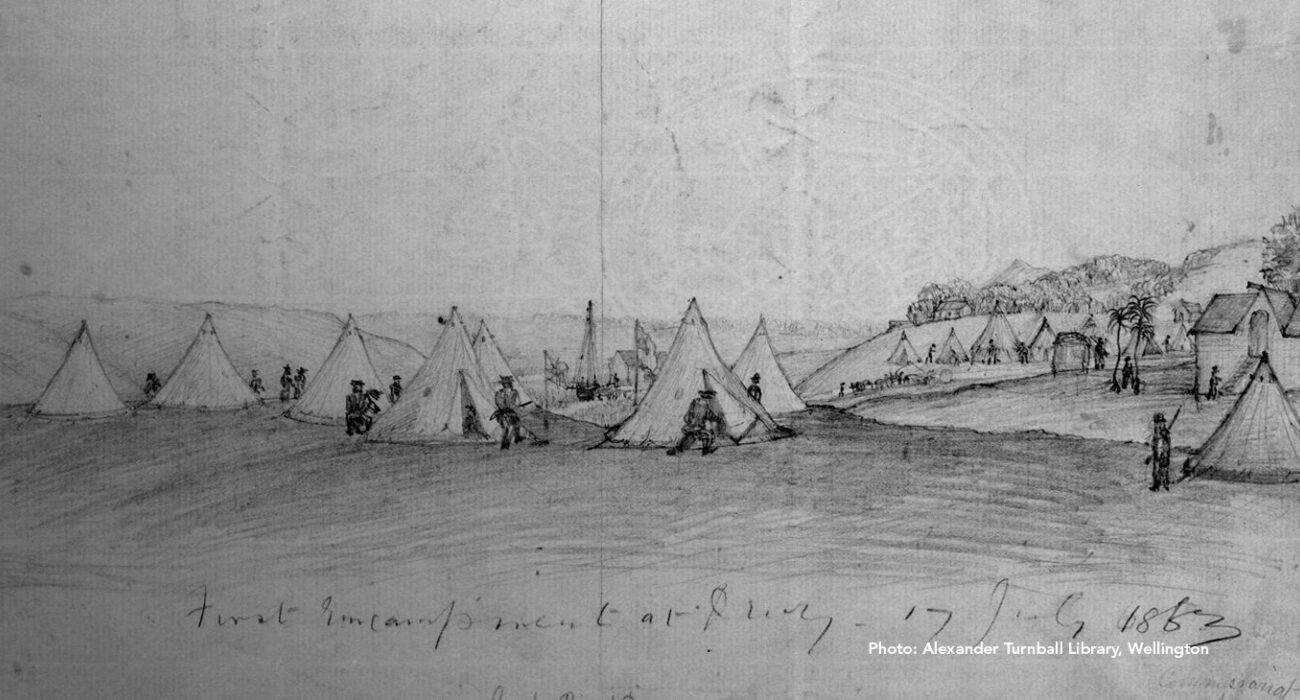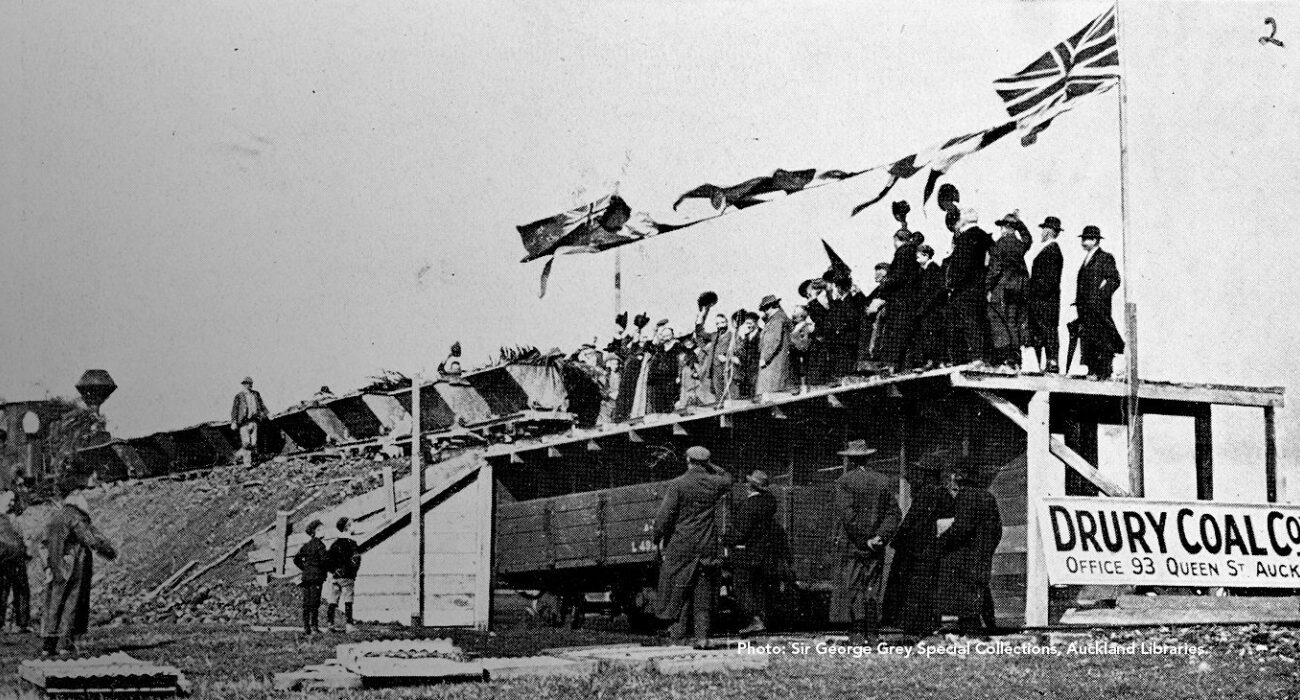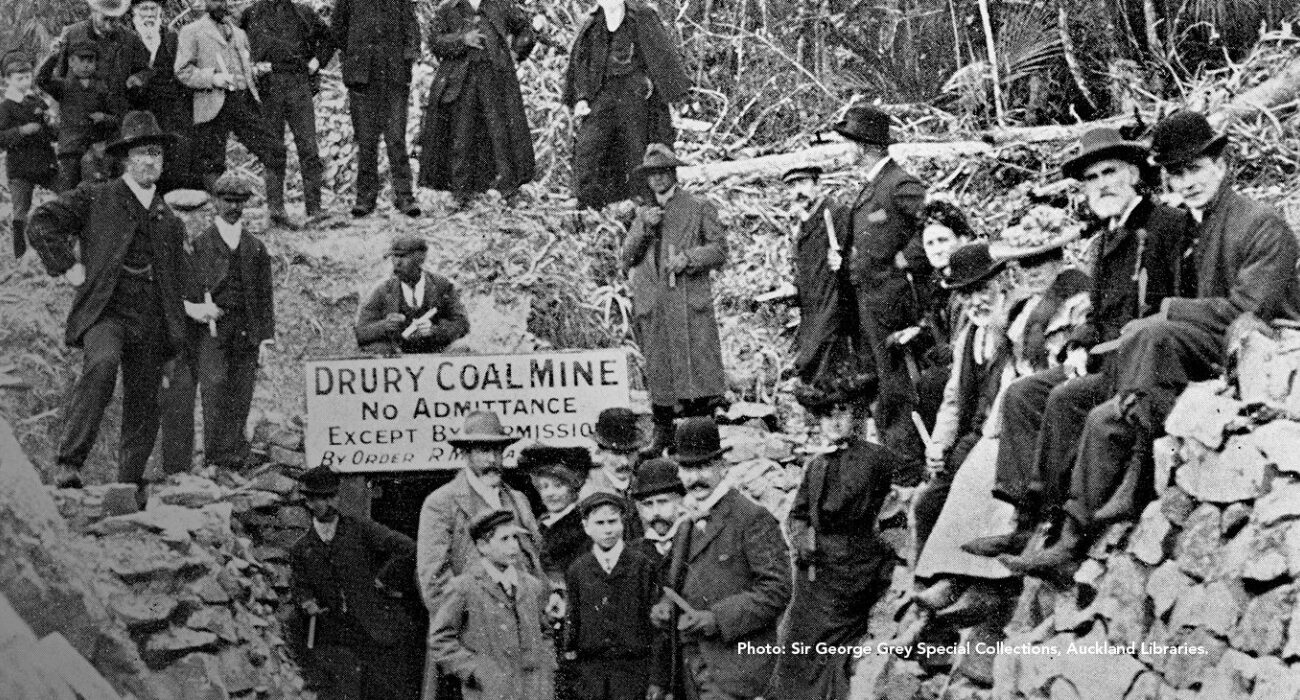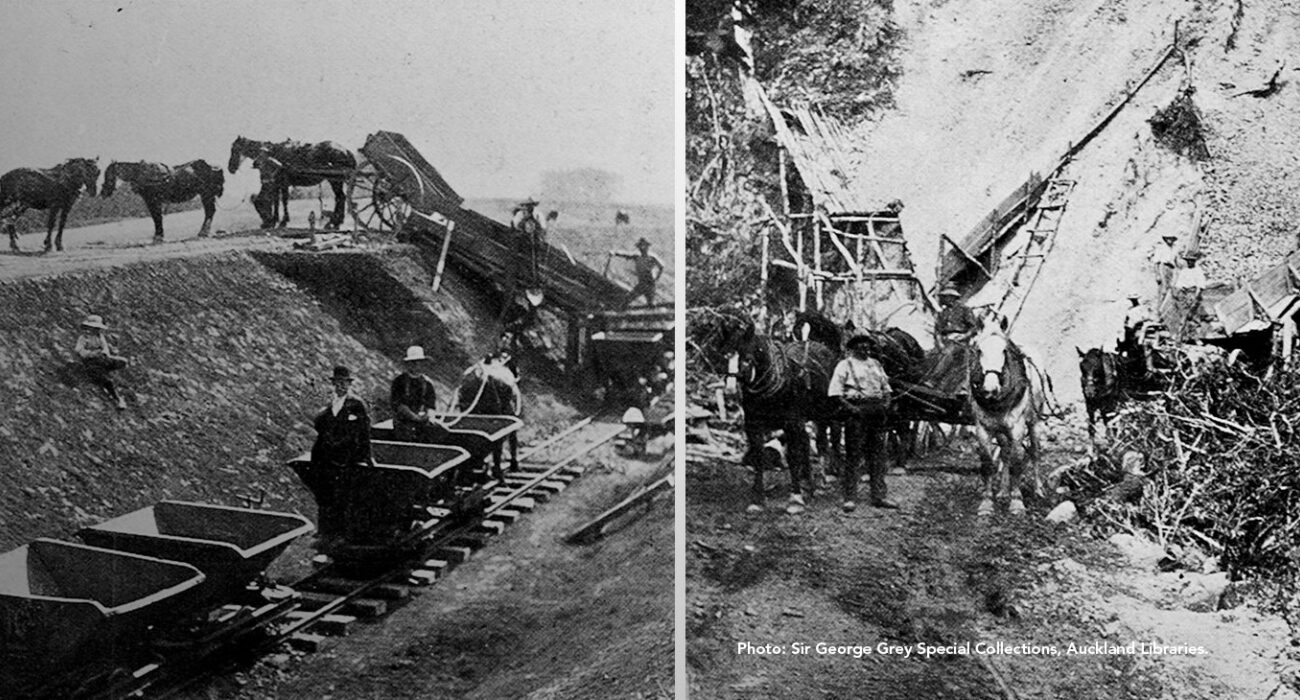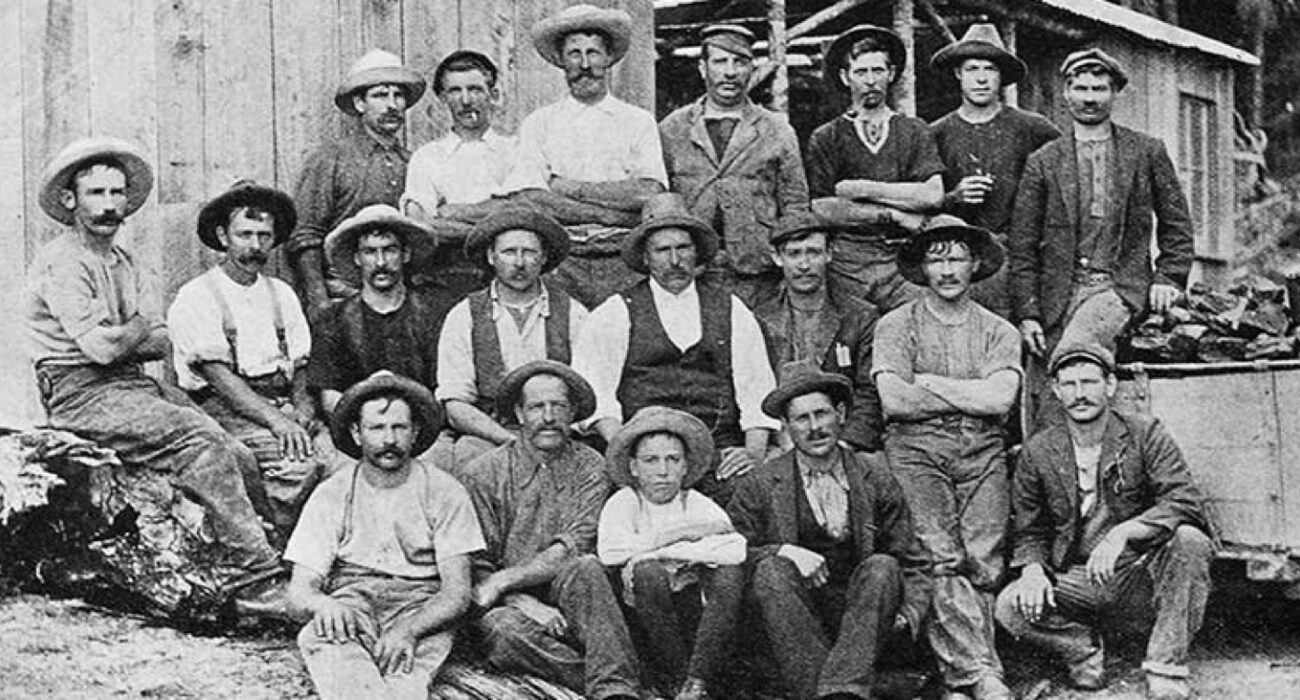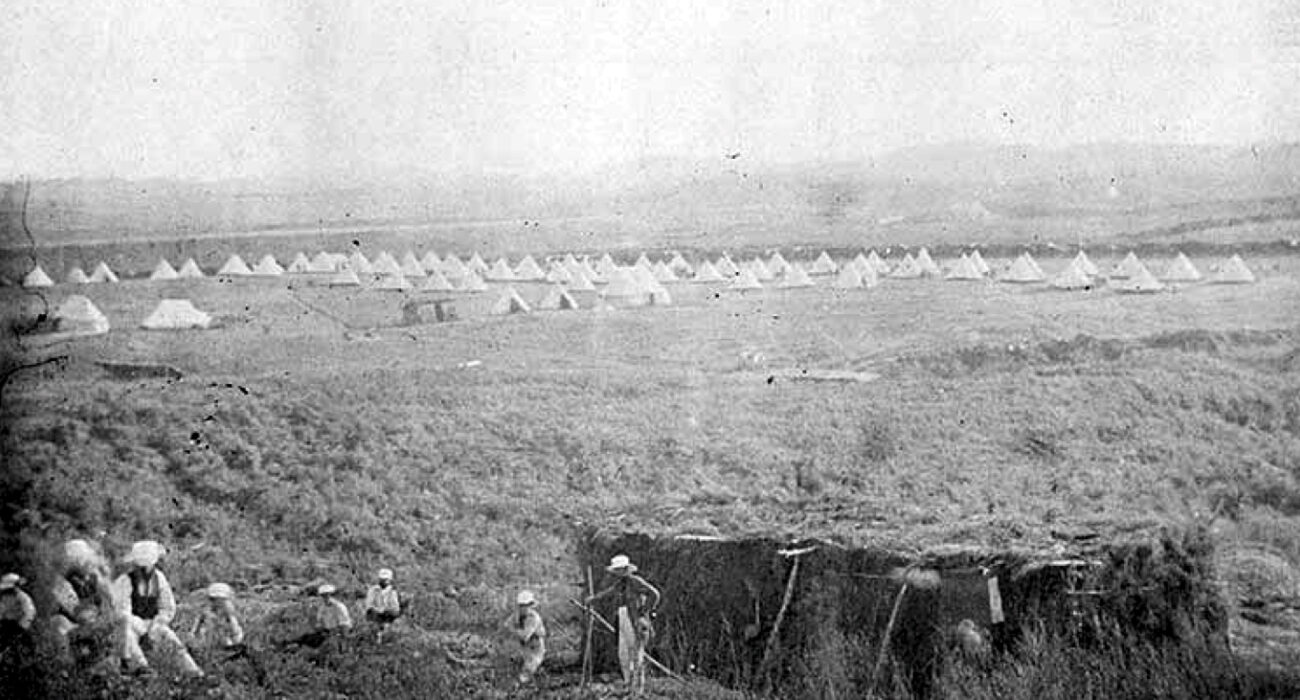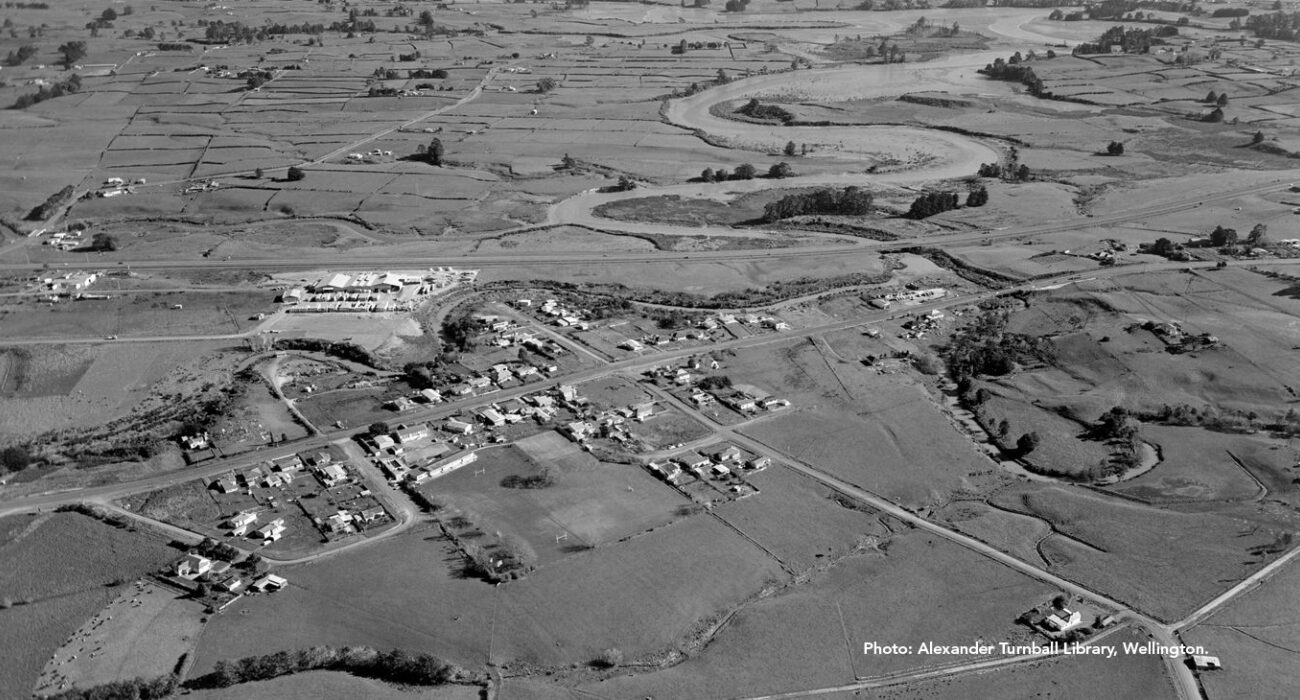Drury's colourful past
The Drury area has a complex Māori history extending from the ancestral migration of the Tainui waka from Hawaiki.
Crew from the Tainui waka and other ancestors of Ngāti Tamaoho including Ngā Oho, were among the earliest inhabitants of Drury (Opāheke) and its surrounds.
Over the years, trade and intermarriage meant a number of tribal groups including Te Akitai, Ngai Tai and Ngāti Pou formed significant historical and cultural ties to the land around Drury and the waterways that linked to the Manukau Harbour.
The awa (waterways) provided access between Tāmaki Makaurau and Waikato while the harbour was considered a pātaka kai or food bowl.
Opāheke was named after the Opāheke papakainga and pā at the confluence of Otuwairoa (Slippery Creek) and Drury Creek, and was a strategic vantage point for Ngāti Tamaoho allowing them to control the movement of people, food and goods throughout their rohe (territory).
The Manukau Harbour remains a significant taonga (treasure) to mana whenua and Auranga is looking forward to continue working with Iwi.
1836
Waikato and Hauraki rangatira (chiefs) agreed to transfer a large block of land (including the Takanini SHA area) to the Church Missionary Society. Known as the Fairburn purchase, a third of this land was to be made available to the tribes.
1842
Granting of land from the Fairburn purchase for Māori occupation was approved by Governor Fitzroy, but for reasons unknown, this was never actioned resulting in the loss of large areas of Ngāti Tamaoho’s ancestral lands.
1845
The Crown sold off most of the remaining land between Waiuku Road (SH22) and the Karaka shoreline to settlers.
1850 - 1852
Thomas Runciman settled in Drury and was joined by Willian J Young who opened the Young Inn; Joseph Middlemass who opened the post office; and William Cossey. The Crown made payment to numerous hapū who were not part of the original 1842 purchase.
1855
Drury became the site of a military camp. Commander Byron Drury builds a redoubt and commissariat. A port known as ‘Runciman’s Wharf’ was established north of the redoubt.
1859 - 1860
With war brewing, almost all of Ngāti Tamaoho’s remaining lands were “acquired” under the New Zealand Settlements Act. Henry Chamberlain, who discovered coal in the streams of Drury, helped establish the Waihoihoi Coal Company with John Logan Campbell.
1861
The 65th Regiment arrived in Drury and five encampments were established along Great South Road. Work began on the horse-drawn tramway from the port to the coal mine. This was the first railway in the North Island and triggered the establishment of an Auckland – Drury line.
1862
Drury was the centre for settlers from Pukekohe East and Karaka with a hotel, store, post office and eight or nine cottages.
1863
Waikato land wars began and the lives of many settlers and iwi were lost. Members of Ngāti Tamaoho were captured and held prisoner at Drury, which is an important and solemn place of remembrance and commemoration for them.
1864
The Waikato War ended and as regiments left Drury things quietened down for locals and activity shifted back to Papakura.
1866
The coal mine was fully closed down, but Henry Chamberlain continued to search for coal around Drury for another 22 years before drowning in a well on his property.
1905
The Drury Football Club was accepted into the Franklin Rugby Union.
1914 - 1918
Nineteen men from the Drury / Runciman areas lost their lives in WW1. In 1922 a memorial is erected alongside Great South Road (later relocated to Drury Hall) and opened by Prime Minister William Massey.
1918
A new railway station opened at Drury, replacing pre-existing stations in Drury and Runciman.
1939
A cheese factory opened producing about 700 tonnes of cheese before closing in 1979.
1939 - 1945
After World War 2 a further eight names were added to the war memorial.
1965
State Highway One was extended from Takanini to Great South Road at Runciman just south of the current Drury interchange.
Auranga thanks the National Library of New Zealand and the Sir George Grey Special Collections, Auckland Libraries for the use of heritage photos on this website




